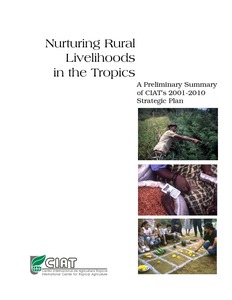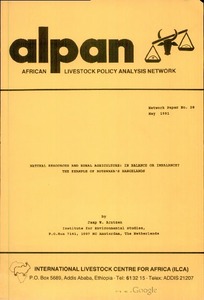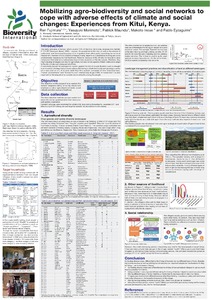Participatory Action Research on Climate Risk Management, Bangladesh
The rural populations of southern Bangladesh are some of the most vulnerable communities in the world to the future impacts of climate change. They are particularly at risk from floods, waterlogged soils, and increasing salinity of both land and water. The objective of this project was to analyze the vulnerability of people in four villages that are experiencing different levels of soil salinity.







